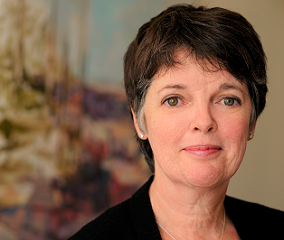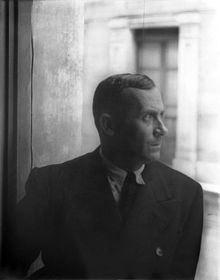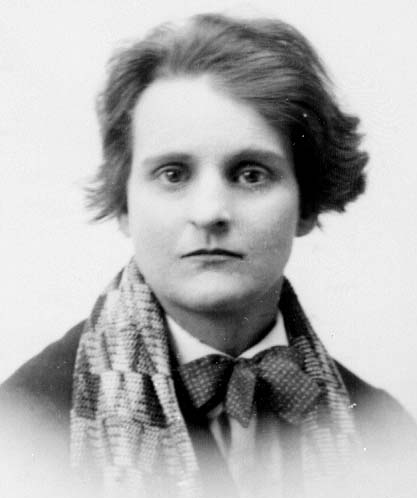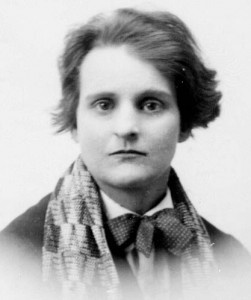 Alice McDermott
Alice McDermott
born June 27, 1953
The Richard A. Macksey Professor for Distinguished Teaching in the Humanities at Johns Hopkins University, Alice McDermott is also the author of seven novels, the latest of which, Someone, was a finalist for the National Book Critics Circle Award and the National Book Award. In 1998, Alice McDermott’s novel Charming Billy won both the American Book Award and the US National Book Award for Fiction. Her list of awards and honors is impressive and shows the talent that McDermott brings to each piece of her writing.
McDermott’s list of novels, as well as their awards and honors includes:
- A Bigamist’s Daughter (1982)
- That Night (1987) — finalist for the National Book Award, the Pen/Faulkner Award, and the Pulitzer Prize
- At Weddings and Wakes (1992) — finalist for the Pulitzer Prize
- Charming Billy (1998) — winner of an American Book Award (1999) and the National Book Award
- Child of My Heart : A Novel (2002) — nominated for the International IMPAC Dublin Literary Award
- After This (2006) — finalist for the Pulitzer Prize
- Someone (2013) – longlisted for the 2013 National Book Award Fiction
McDermott attended St. Boniface School in Elmont, New York, on Long Island (1967), Sacred Heart Academy in Hempstead (1971), and the State University of New York at Oswego, receiving her BA in 1975, and received her MA from the University of New Hampshire in 1978.
She has taught at UCSD and American University, has been a writer-in-residence at Lynchburg College and Hollins College in Virginia, and was lecturer in English at the University of New Hampshire. Her articles, reviews, and stories have appeared in The New York Times and The Washington Post, USA Today, The Atlantic Monthly, The New Yorker, Redbook, Ms., Commonweal, and elsewhere. She is the recipient of a Whiting Writers Award, the F. Scott Fitzgerald Award and the Corrington Award for Literature.


 Alice McDermott
Alice McDermott


 Sylvia Beach, neé Nancy Woodbridge Beach
Sylvia Beach, neé Nancy Woodbridge Beach